Piriformis syndrome is a condition that can cause pain and discomfort in the buttocks and legs due to the compression of the sciatic nerve by the piriformis muscle. Scroll through and you’ll find 6 ways to fix piriformis pain.
What does piriformis syndrome feel like
When you have piriformis syndrome, you may experience pain and discomfort in your buttocks that can radiate down your legs. This happens because your sciatic nerve is being compressed by your piriformis muscle.
Although the exact cause of this condition is not completely understood, there are several factors that might contribute to its development, such as overuse, trauma, and postural imbalances.
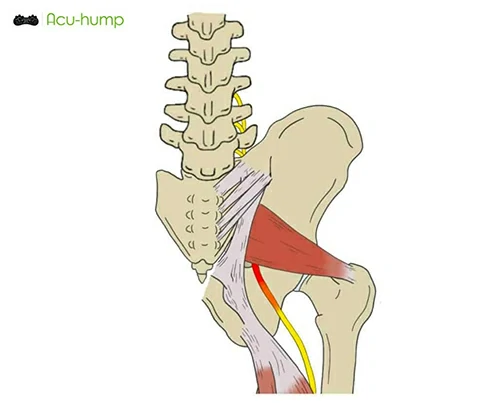
For those experiencing discomfort, seeking professional treatment is the first step. Depending on the severity of the condition, healthcare professionals may recommend a combination of therapies, including physical therapy, medication, or surgery.
1. Seeking Professional Treatment
There are several healthcare professionals who can help in the piriformis syndrome remedy, including primary care physicians, physical therapists, chiropractors, orthopedic surgeons, and pain management specialists. Professional treatment will typically involve a combination of therapies, such as physical therapy, medication, or surgery, depending on the severity of the condition.

However, in addition to professional treatment, there are several self-care remedies that individuals can employ to repair the condition at home. One of the most effective self-care tools is the Acu-hump, which provides targeted relief to the affected muscles through self-massage.
Here are some ways to self-care for piriformis syndrome:
2. Self-Care Remedies
Self-care methods can play an important role in maintaining good physical health, including alleviating the symptoms of a range of conditions, such as muscle pain and tightness. Stretching, exercise, yoga, and Pilates are all effective ways to help with muscle tightness and improve overall physical health.

For example, stretching can be particularly effective in helping to increase flexibility and reduce muscle tension, while exercise is a great way to strengthen muscles and improve overall fitness levels. Yoga and Pilates are both excellent ways to improve core strength, balance, and flexibility while also helping to reduce stress and improve mental focus. With regular practice, these self-care methods can help individuals to not only improve their physical health but also enhance their overall well-being.
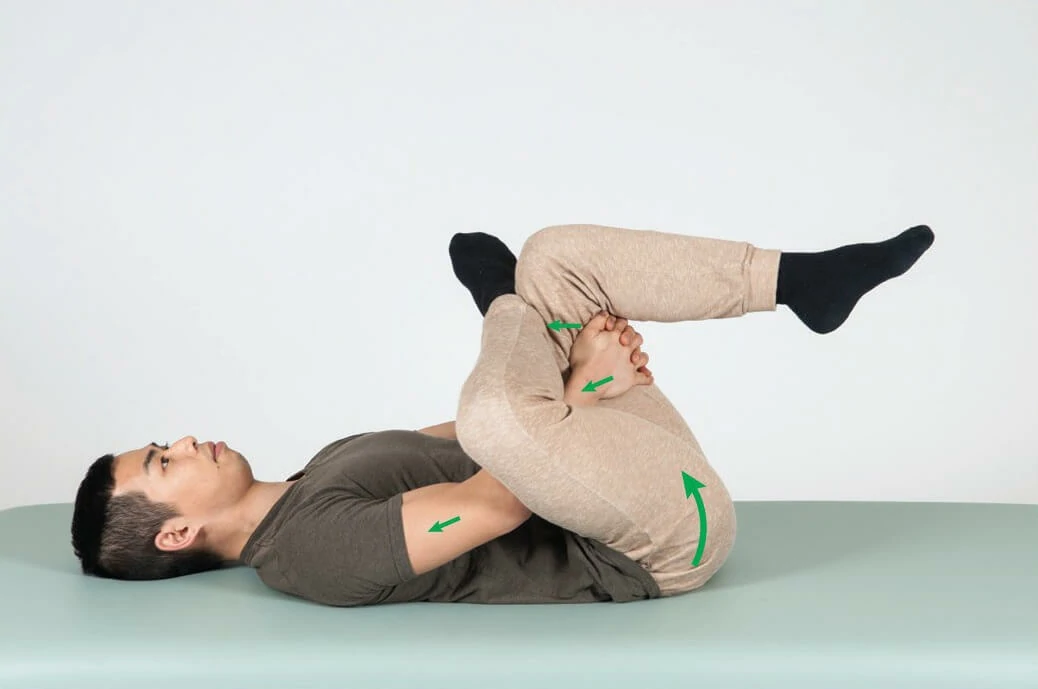
3. Acu-hump Piriformis Release Tool
The Acu-hump is a self-massage tool that can be used to repair piriformis muscles, a condition that causes pain and discomfort in the buttocks and legs due to the compression of the sciatic nerve by the piriformis muscle. This tool provides targeted relief to the affected muscles by applying pressure to trigger points through self-massage.
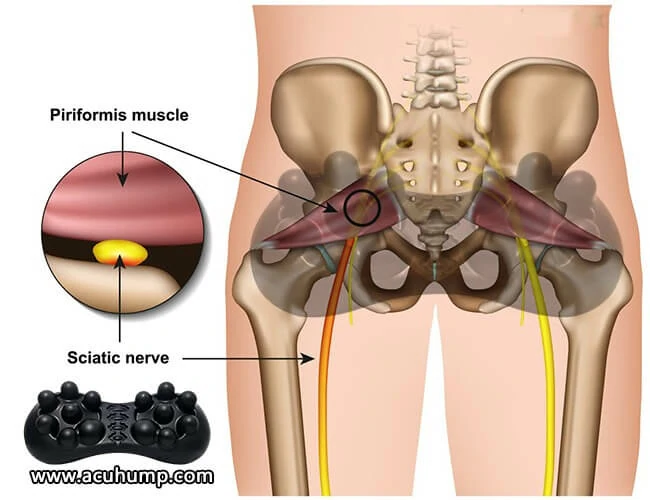
Acu-hump: 30-day return policy. No risk for you.
The Acu-hump is designed to be used directly on the affected muscle, and by applying pressure with the tool, individuals can help to relieve muscle tension and reduce pain.
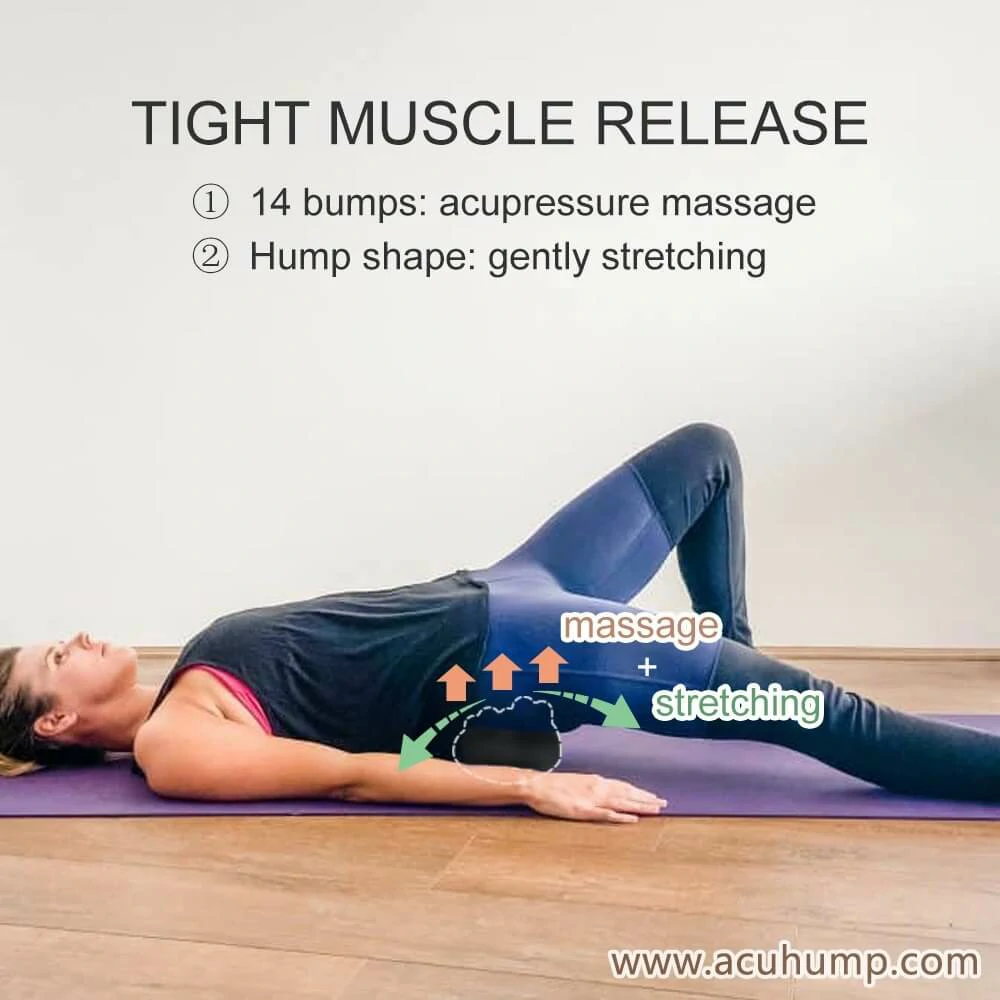
Additionally, the Acu-hump can enhance circulation to the affected muscles, which can help to increase mobility and flexibility.
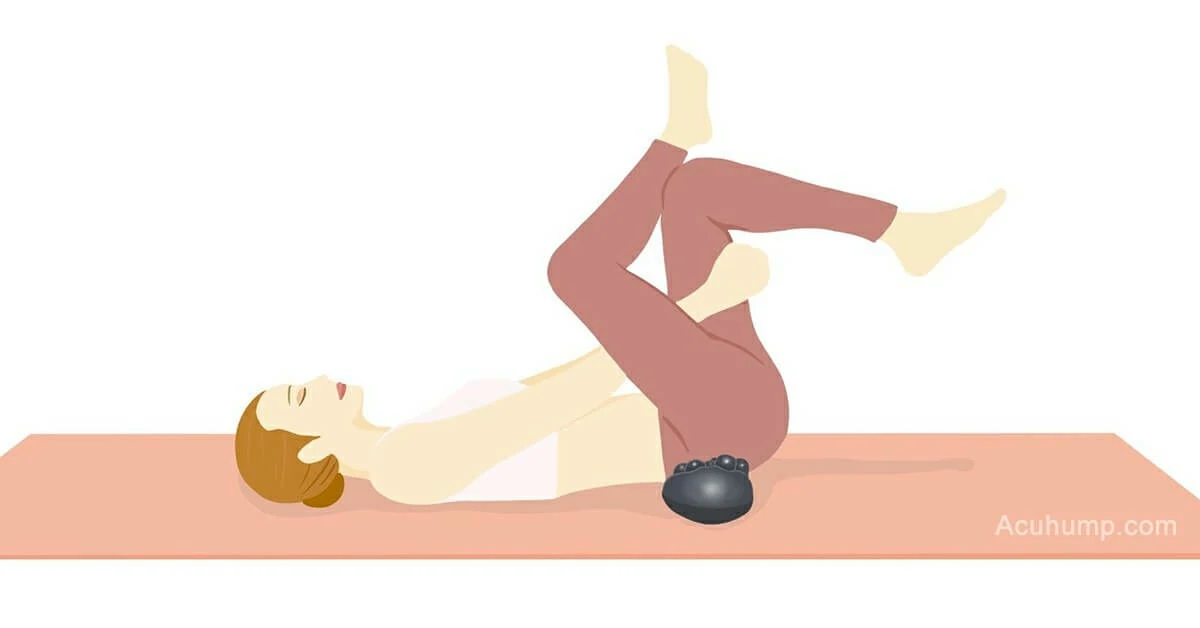
Acu-hump: 30-day return policy. No risk for you.
One of the key benefits of using the Acu-hump for piriformis syndrome is that it provides a targeted, effective way to relieve muscle tension and reduce pain without the need for more invasive treatments. By incorporating the Acu-hump into a regular self-care regimen, individuals can improve their overall quality of life and manage the symptoms of piriformis syndrome more effectively.
Acu-hump: Full refund policy. No risk for you.
Strengthening exercises for the piriformis and glutes can help to repair the discomfort and prevent further injury. These exercises include squats, lunges, and bridges.
5. Lifestyle Changes
Simple lifestyle changes such as taking breaks from prolonged sitting, good posture, and choosing activities that do not exacerbate symptoms are also crucial in the management of piriformis syndrome.
Adjusting your sleeping position can also help alleviate symptoms of piriformis syndrome. Sleeping on your side with a pillow between your knees can help reduce pressure on the lower back and hips.
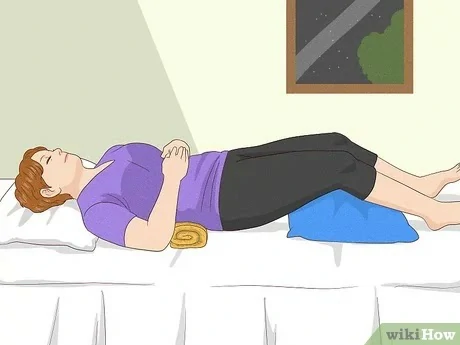
If the self-care remedies above do not provide adequate relief, seeking out additional professional therapy may be necessary. In some cases, physical therapy for piriformis syndrome may involve using modalities such as ultrasound or dry needling to help release tension in the affected area or manual therapy to manipulate the muscles.
In more severe cases of the condition, surgery may be recommended. This is usually considered only after conservative care methods have been exhausted, and the condition has not improved.
In conclusion, while piriformis syndrome can be a frustrating and painful condition, there are many effective treatments and self-care strategies that can help manage and repair piriformis muscles. A comprehensive approach to treatment, including professional therapy and self-care strategies like stretching and the use of self-massage tools like the Acu-hump, can help individuals recover and improve their overall quality of life.
